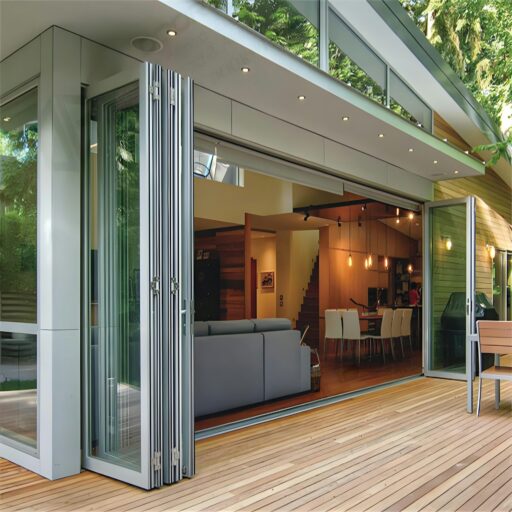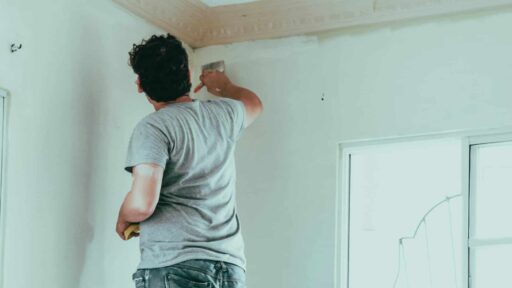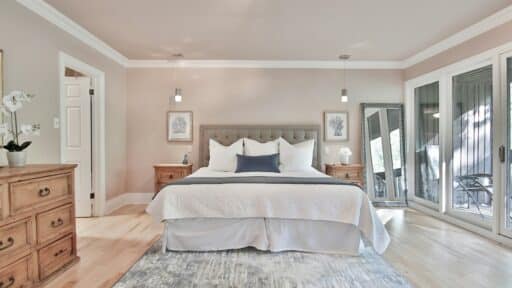Choosing the right type of door for a patio can make a big difference in how a space feels and functions. Each option, folding, sliding, and swing doors, offers different benefits depending on the layout, design goals, and everyday use of the area. Homeowners and builders often face many choices, and picking a door system that fits the style and needs of a home takes careful thought. This article shares eight clear tips to help decide between folding, sliding, and swing doors for patios.
Assess Space Requirements And Opening Direction
When finding out About LaCantina Doors or other manufacturers specializing in these doors, the first thing to consider while choosing a patio door is the amount of space available. Folding door systems need enough room to stack when opened, which may not work well in smaller areas. Swing doors open on a hinge and require clear space to swing in or out, so furniture placement becomes important.
Sliding doors stay within their frame and move along a track, which saves space but offers a limited opening. Knowing how much room is available both inside and outside the patio will help decide which type of door works best. Also, the way the door opens can affect traffic flow and how people move between indoor outdoor living spaces.
Compare Glass Coverage And Sightlines
A door that leads to a patio should offer good views and allow natural light to enter. Folding and sliding doors often have large panels of glass, which makes the outdoor area feel more connected to the inside. Swing doors may have narrower frames, and can reduce how much of the view is visible when compared to large opening glass doors.
Some designs offer minimal framing and wider openings, which give the clearest view. If enjoying the scenery or getting more daylight is important, the amount of glass and the thickness of the frames should be compared. Brands like LaCantina Doors specialize in maximizing glass area with clean sightlines, offering an ideal blend of openness and visual appeal. People who want an open, airy look often prefer options with slim profiles and broad panels, especially in homes with contemporary door designs.
Evaluate Thermal Performance And Energy Efficiency
Keeping indoor temperatures steady is another key point when selecting a patio door. Different systems have different levels of insulation, depending on the material, frame type, and glass. Sliding and folding doors with double or triple glazing help reduce heat loss and block drafts.
Swing doors may seal more tightly at the edges, which can improve insulation in some cases. Weather seals, glass thickness, and the type of frame all affect how well a door keeps the cold or heat out. Choosing energy efficient glass doors can help lower utility bills while increasing indoor comfort.
Consider Threshold Design And Accessibility
The threshold is the bottom part of the doorway, and its design can affect both comfort and safety. A lower threshold makes it easier to move between indoors and outdoors, which helps those who use wheelchairs, walkers, or strollers. Sliding doors often have smooth thresholds built into the floor, while folding and swing doors may have a step or frame that sticks out.
If the patio is used often, especially by people with limited movement, a flush or low-profile threshold is a better choice. It also lowers the chance of tripping and makes the space feel more connected. These accessibility benefits are commonly emphasized in well-engineered architectural door systems.
Weigh Ease Of Operation And Mobility Needs
Some doors are easier to open and close than others. Folding doors have multiple panels that may take extra effort to move, especially if the hardware is not high quality. Performance sliding doors can usually be operated with one hand, although they depend on smooth track systems to function well.
Swing doors function much like regular doors and are simple to use, but they require clear space to open. For households with children or older adults, the ease of operation becomes even more important. Hardware quality, panel weight, and handle placement all affect usability. Trusted brands from a premium door manufacturer often provide options with better ergonomics.
Analyze Track And Header Structural Needs
Installing patio doors involves more than just selecting the panels. Folding and sliding doors need strong tracks and headers to support their weight and movement. The header is the beam above the door that holds part of the load, and if the door is wide, it may need extra support.
Swing doors usually have simpler hardware and do not need as much structural change. Having an idea of what the wall can support or what changes are needed will help with proper planning. Special considerations might also apply when selecting custom patio doors, which are tailored to fit specific dimensions or layouts.
Before you choose folding, sliding, and swing doors for patios, it’s better to find out About LaCantina Doors or similar brands that make these, since that way, you can be sure of getting the best patio doors. Each style has its own strengths and may suit different layouts, needs, and preferences. By considering space, glass size, insulation, threshold height, ease of use, structure, materials, and design goals, the best choice becomes much clearer.








